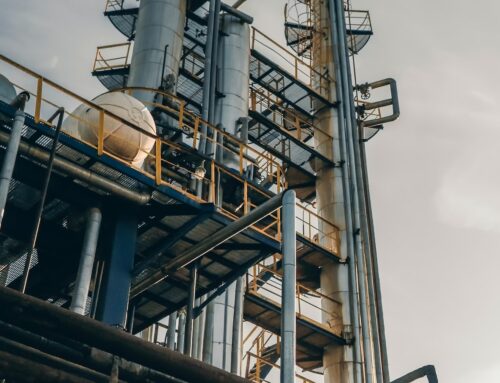
The need for sustainable packaging has gained significant attention in recent years as the demand for environmentally friendly products continues to rise. In this pursuit, petrochemical innovations are playing a crucial role in developing sustainable packaging solutions.
Petrochemicals, derived from fossil fuels, have traditionally been associated with negative environmental impacts. However, advancements in technology and awareness about the need to reduce the carbon footprint have led to the development of greener alternatives within the petrochemical industry. These innovations aim to create packaging materials that are more sustainable throughout their lifecycle.
The Role of Bio-based Plastics
One of the key developments in sustainable packaging is the rise of bio-based plastics. These plastics are derived from renewable resources such as plants, algae, or even waste materials, reducing the reliance on fossil fuels. Bio-based plastics have a reduced carbon footprint and offer the potential for biodegradability or compostability, making them a more sustainable choice for packaging.
Companies are investing in research and development to create new forms of bio-based plastics with improved properties, such as increased durability, flexibility, and heat resistance. Additionally, these materials can be designed to be recyclable, contributing to a circular economy by reducing waste and promoting resource efficiency.
“Sustainability is no longer a trend; it’s a necessity. Petrochemical innovations are crucial in creating a more sustainable future for packaging.”
Advanced Recycling Technologies
Another important aspect of sustainable packaging is the adoption of advanced recycling technologies. These technologies focus on efficiently recovering and reusing materials to minimize waste and environmental impact.
Innovative recycling processes, such as chemical recycling, allow petrochemical-based packaging materials to be broken down into their chemical components, enabling the production of new plastics with similar properties to virgin materials. This approach helps ensure that petrochemicals can be used and reused in a more sustainable and resource-efficient manner.
Renewable Energy in Petrochemical Production
In addition to developing sustainable materials, the petrochemical industry is actively transitioning to renewable energy sources for production processes. The shift towards renewable energy, such as solar and wind power, reduces greenhouse gas emissions and contributes to a more environmentally friendly production cycle.
By powering petrochemical manufacturing with renewable energy, the industry can effectively reduce its carbon footprint and move towards a more sustainable future. This integration of renewable energy and petrochemical innovations in packaging production showcases the commitment to environmental stewardship.

Conclusion
The quest for sustainable packaging is gaining momentum, and petrochemical innovations are driving significant progress in this area. Through the development of bio-based plastics, adoption of advanced recycling technologies, and integration of renewable energy sources, the petrochemical industry is paving the way for more sustainable packaging solutions.
As consumers and businesses alike grow more conscious of their environmental impact, the importance of sustainable packaging cannot be understated. Petrochemical innovations play a crucial role in creating a more sustainable future, where packaging materials are designed for reduced environmental harm and circularity.
Sustainability is no longer a trend; it is a necessity for the future of packaging. Through continuous research, innovation, and collaboration, the petrochemical industry is actively contributing to a greener and more sustainable planet.





